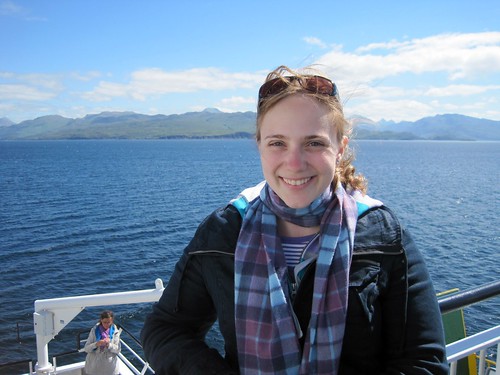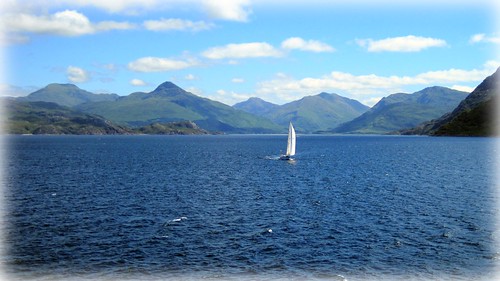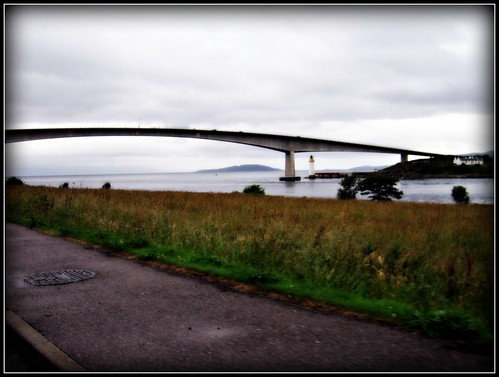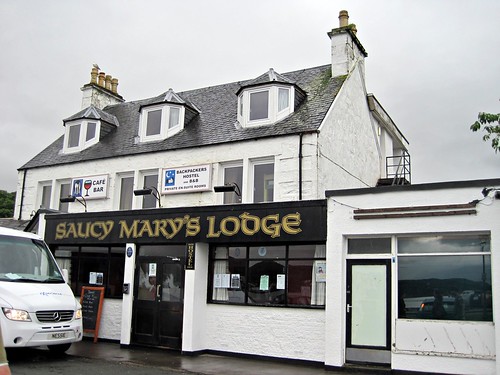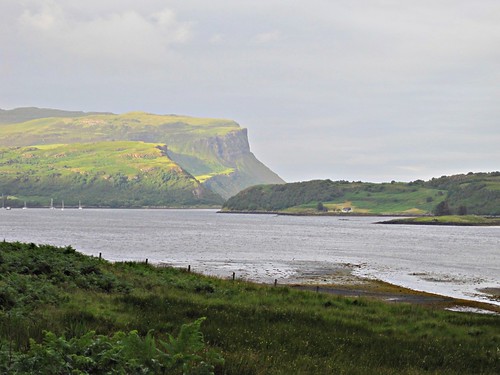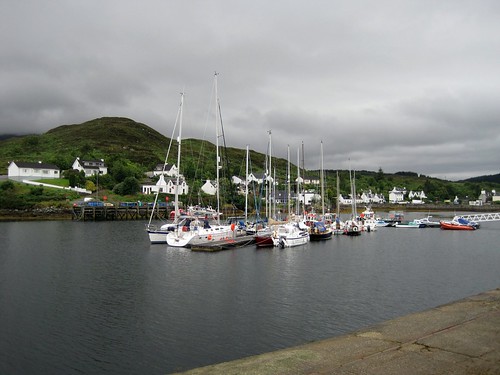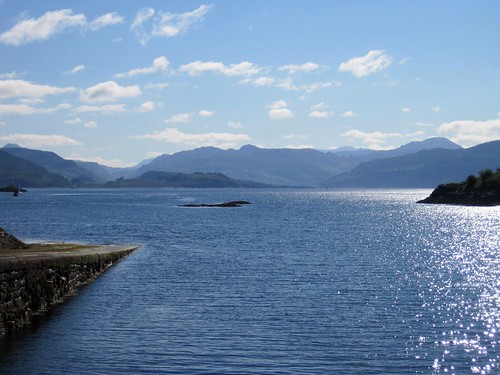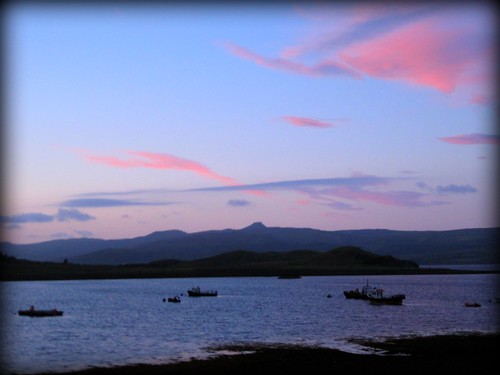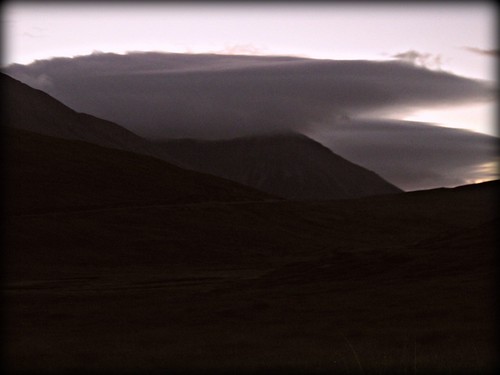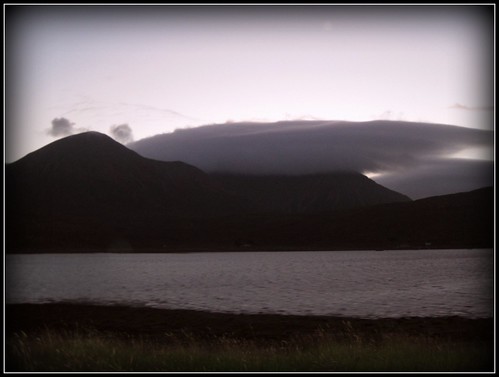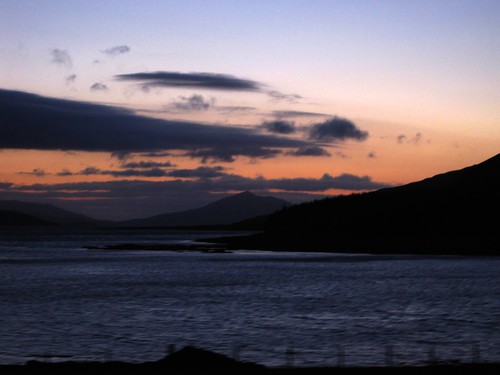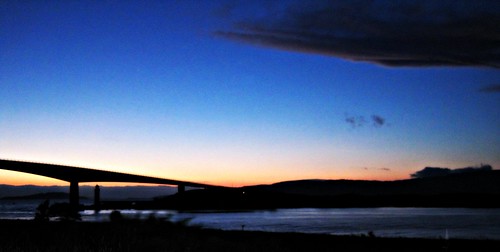The Battle of Culloden took place in April 1746 on Culloden Moor, a quick 15-minute drive from Inverness. I love this picture, because it's the ONE that the heather actually looks properly purple and not kind of sickish and brown. Anyway, the Battle of Culloden is majorly important in Scottish history. It was here that the Jacobite Uprising collapsed after the British troops decimated the Jacobites. And I do mean decimated- ~2000 dead/wounded and ~375 captured vs. ~350 dead/wounded on the British side. So who were the Jacobites? Let me tell you (briefly, I promise).
Basically, it all broils down to the House of Stuart. Now, keep in mind that English dynastic politics are crazy.
The Stewart/Stuart family started out as the royal line of Scotland and eventually took over the throne of England as well, when the last of the Tudors, Elizabeth I, died without heir. Her cousin, James VI of Scotland and son of Mary, Queen of Scots, succeeded to the throne of England and Ireland following Elizabeth's death. The term "Jacobite" comes from James; James is an English version of the name Jacob. During the reign of Charles I & Charles II, civil war raged across England.
After the Civil War ends, Charles II is restored to the throne. He and his wife never manage to produce an heir, making his younger brother, another James, the heir presumptive. One problem: James is Catholic. And England has been officially and solidly _not_ Catholic since Elizabeth I's reign. Still, he succeeds his brother in 1685, and at first, everything is fine. But James subscribed to a growing belief amongst European monarchies- the idea of absolute monarchy, and his high-handed, dictatorial, and (perhaps worst of all for English Protestants) decidedly pro-Catholic attitudes created a feeling of crisis, brought to a head by James' orders to arrest Protestant clergy, including the Archbishop of Canterbury, England's highest religious office, and the birth of James' son, a viable (and Catholic!) heir to the throne. But all was not lost! James had two daughters by his first wife, a good English Protestant lass. The eldest, Mary, was married to William, Prince of Orange. The English turned to them to defend the English/Protestant way of life. William agrees and arrives in England with an army in 1688, and James was forced to flee to France in exile after much of his own army defects to William's side. Parliament rules James' escape to France as an abdication of the throne and installs Mary and her husband as co-rulers. Thus the "Glorious Revolution" reclaimed the English throne for the Protestants without any bloodshed, and a college in Virginia had monarchs to name itself after.
After William and Mary die without heir (anyone noticing a pattern here?), James II's younger daughter, Anne, takes the throne. She, (you guessed it) also dies without heir, and the throne passes to George I, the descendant of a distant cousin, thus introducing the House of Hanover to the British throne. Meanwhile, back in France, James II's son proclaims himself King James III after II's death, and is recognized by the governments of France, Spain, & the Pope. He tries to retake his throne in 1708 & 1715, but is unsuccessful. He winds up seeking amnesty from the Pope, who grants him a villa and life annuity, and he sets up a court-in-exile at the Papal States, earning himself the nickname "the Pretender." His son, Charles Stuart (aka Bonny Prince Charlie or "the Young Pretender") follows in his father's footsteps with another failed attempt to retake the throne in 1745-6 in another Jacobite uprising. Charles is somewhat more successful than his father, managing to gather some degree of support among the Scottish Highland clans, who viewed the Stuarts as their own rightful kings. He had some early successes, but the Battle of Culloden proved disasterous for his cause and virtually wiped out his support base. Bonny Prince Charlie fled to the Isle of Skye with the help of a Highland lass by name of Flora MacDonald, and from there escaped back to the continent in exile.

The battle took place on Culloden Moor, a flat, marshy, wet area not terribly well-suited for the fighting tactics used by the Highlanders. The "Highland charge," one of the most feared battle tactics of the day proved deadly at Culloden. Soldiers using the tactic would literally charge their opponents while screaming bloody murder and firing muskets until they got within range to do deadly damage in hand-to-hand combat. The English in particular, relying heavily on guns and artillery, found themselves vulnerable to sword and knife-wielding Scotsmen. But the element of surprise was crucial to the Highland charge, and it proved especially effective in the mountains of the Highlands, where a band of screaming clansmen in kilts charging down the mountains could be deadly for the English. Many of the Highlanders were killed in the opening gambits of the battle when they attempted an ill-advised charge with untrained men straight at the royal army. Today, Culloden stands not only as a memorial for the battle, but as a war-grave.

A memorial cairn was erected in 1881 to honor the dead, who were buried in mass graves on the battlefield.
A series of tombstones mark where the various clan units were buried, at least, as near as can be determined.
A series of red (for the Royalists) and blue (for the Jacobites) flags mark the front lines of the respective armies at the battle's commencement, and a brand new Visitors' Centre is located adjacent to the field, with a number of exhibits that are supposed to be worth a look. There's a small fee to get in, but worth checking out. Word to the wise, make sure you've got proper footwear when visiting, especially because it is Scotland and has a tendency to rain rain rain. And the field has a tendency to collect water in giant puddles.
I'm far and away the last person to urge anyone to visit a battlefield; I'm just generally indifferent to them. I think its important to recognize the history of the site, the sacrifices and deaths that occurred there, but really, its a field of grass. Not a whole lot to see & do. I know, I'm from Virginia. I practically live on a Civil War battlefield. But if you happen to be in the area, go check it out. The visitors centre has rave reviews, and the battlefield itself is pretty well marked out so you can sort of get a sense of how the battle played out. And if you've got any Scottish in you, you very well might have relatives buried there. And if nothing else, the moor is quite pretty, although I'd probably have appreciated that fact more if it hadn't been raining and my feet weren't soaking wet!
